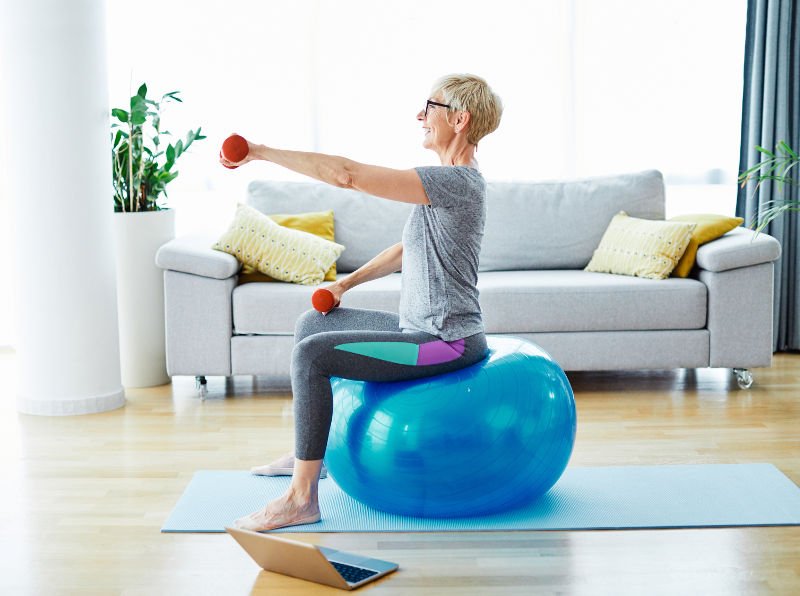Winter often brings an increase
Winter Induced Joint Pain :
Correlation between Joint Pain and Winters? Why Pain Increases during Winters? How to manage This and Role of Physiotherapy?
W inter often brings an increase in joint pain, neck pain , back pain and several factors contribute to this seasonal discomfort. For individuals with pre-existing joint conditions like arthritis, the colder weather can worsen symptoms, but even people without such conditions may experience discomfort. Here are some key factors that contribute to winter-induced joint pain:
1. Cold Temperatures
Cold weather causes the body to reduce blood flow to extremities, which can make joints feel stiffer and more painful. The cold also causes muscles, ligaments, and tendons to tighten, contributing to discomfort.
2. Changes in Barometric Pressure
As the barometric pressure drops before a storm, it can cause tissues in the body to expand, leading to increased pressure on the joints. This pressure change may exacerbate pain and stiffness, particularly in individuals with arthritis or joint issues.
3. Reduced Physical Activity
During winter, people tend to be less active due to colder weather and shorter days. Lack of movement can lead to muscle stiffness and weakened joint support, which can increase joint pain. Regular exercise is essential for maintaining joint health, and its reduction in winter can worsen symptoms.
4. Dry Air
Winter air is typically drier, and this can lead to dry, cracked skin and less lubrication around the joints. Proper hydration and moisturizing can help counteract the drying effects of winter, but for many, it remains an uncomfortable issue.
5. Less Sunlight and Vitamin D
Sunlight exposure is reduced in winter, and so is the body’s ability to produce Vitamin D, which is essential for bone health. Deficiency in Vitamin D can contribute to joint pain and stiffness.
6. Increased Stress
The winter season can sometimes lead to seasonal affective disorder (SAD), increasing emotional and physical stress, which in turn can make the body more sensitive to pain.
Understanding joint pain:
Joint pain is the pain that is present in or around the joint. It occurs due to degenerative changes in the joint known as osteoarthritis. Conditions like Rheumatoid arthritis, injuries or stress to ligaments , muscles and tendons also leads to joint pain.
Overuse injury or repetitive movement also leads to joint pain. Additionally, infections, autoimmune disease or metabolic disorders also contribute in triggering joint pain.
Symptoms of joint pain
- It includes pain ,swelling , stiffness and restricted Rom in or around the joint.
- It might also gives signs of inflammation that is redness, warmth and swelling around joint after injury.
- Weakness ,restricted mobility and clicking or popping up sensation are also seen in chronic joint pain.
How to Manage Winter-Induced Joint Pain:
- Stay Active: Gentle exercises, like walking or swimming in a heated pool, can help keep joints flexible.
- Warm Up: Use warm compresses or heating pads to reduce stiffness and increase blood flow to affected areas.
- Hydrate and Moisturize: Drinking plenty of water and using moisturizers can help maintain skin and joint lubrication.
- Dress Warmly: Wearing layers and keeping joints covered helps maintain warmth and reduces discomfort.
- Consider Supplements: Omega-3 fatty acids, glucosamine, or Vitamin D supplements can support joint health, especially in the winter months.
By understanding the various factors that contribute to joint pain in winter, individuals can take proactive steps to manage their discomfort and improve their quality of life during the colder months.
Role of Physiotherapy in preventing joint pain
Physiotherapy plays an important role in decreasing or relieving joint pain by treating the root cause, enhancing muscle strength, and improving joint mobility.
1. Manual therapy – It includes the hands on technique by a skilled physiotherapist. Joint mobilization, joint manipulation, soft tissue massage helps to reduce pain and stiffness, improves the joint range of motion, and overall function of the joint.
2. Exercise therapy – It basically involves the mobility and strengthening of the targeted muscles by using the muscle’s own strength (isometric), weights, therabands, etc., that are present around the joint to improve joint stability and mobility, enhance muscle and joint functions, and decrease joint pain and stiffness.
3. Gait Training and Re-education for Joint Pain Relief:
It involves posture correction and gait pattern of the affected individual. Using targeted approach and manual techniques it aims to improve balance, reduce stress and strains on joints, and decreases discomfort during walking or movement.
4. Electrotherapy – It includes modalities like TENS, ultrasound (US), LASER, etc. These modalities help in relieving pain, stiffness, and inflammation, promote tissue healing, and thus help improve joint function and mobility.
5. Heat and cold therapy – Combining both hot and cold therapies helps relieve pain, stiffness, and inflammation. Using them alternately triggers the Lewis-Hunting reaction, which improves blood circulation, relaxes the surrounding muscles, relieves pain, and decreases stiffness.
6. Taping / bracing
7. Balance and proprioception training
8. Soft tissue mobilization
9. Dry needling
10. Functional training






